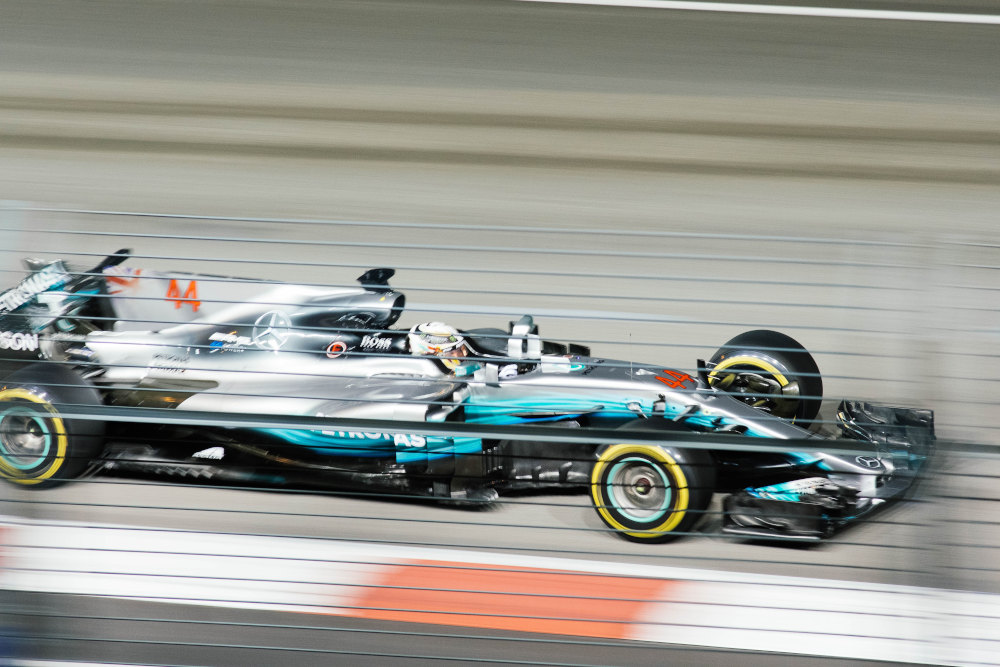Formula 1 marks its 70th anniversary in 2020, after the first FIA Formula 1 World Championship was held back in 1950.
In that time, there have been 32 different world drivers champions including legendary names like Ayrton Senna, Alain Prost, and Michael Schumacher.
Over this time many things have changed. The cars have developed from large, brutish machines with tiny wheels to science experiments that are designed to be as aerodynamically efficient as possible.
The sport has professionalised, using the hundreds of millions of dollars it receives in TV broadcasting rights payments to create one of the biggest spectacles in the world.
Another thing that has changed radically since the dawn of the World Championships has been the introduction of sponsorships. In the beginning, teams painted their cars in their national colours. Italian cars were painted in the same red the Ferrari team uses today, while the British teams used British Racing Green.

The only logos you’d find were the ones of the manufacturers, tyre suppliers and oil companies.
The Beginning of Car Sponsorship
This began to slowly change in the late 1960s as cars began sporting the logos of companies that had paid money to team owners. Sponsorship really took off in the 1970s and 1980s with tobacco companies spending the largest amount until they were banned in the 2000s.
Car companies have continued to enter and exit the sport, with Honda, Renault, BMW, Toyota, Ferrari, and Mercedes all being involved at some point over the last 20 years. They have been joined by energy drinks companies like Red Bull who currently own two of the 20 teams on the grid.
Watch Brands in Formula 1
The first watch manufacturer to sponsor a Formula 1 car was TAG Heuer when TAG Group bought a stake in McLaren in 1983 and then purchased Heuer Watches in 1989. TAG Heuer continues to be featured on the British team’s cars today.
TAG Heuer also provided the official timing data for Formula 1 for several years, until Rolex signed a deal with the sport in 2013. The company’s logos now appear prominently around the track, as well as a large Rolex analogue clockface being positioned on the starting gantry.
The rationale behind the deals is the hope to associate the brands with one of the most glamorous sports in the world. They want fans to see the name or a particular watch and then go online to look for a TAG Heuer Carrera for sale.
The majority of the drivers now also have their own personal deals with watch brands, either agreed directly or through the team. For example, Lewis Hamilton has the image of an IWC watch printed on his race glove and is contractually obliged to wear one at the track when not driving.
Similar agreements exist between Hublot and Ferrari, TAG Heuer and Red Bull, Bell & Ross and Renault, and Richard Mille and Haas. They will likely continue for decades to come as brands compete to get their watches into the public eye.